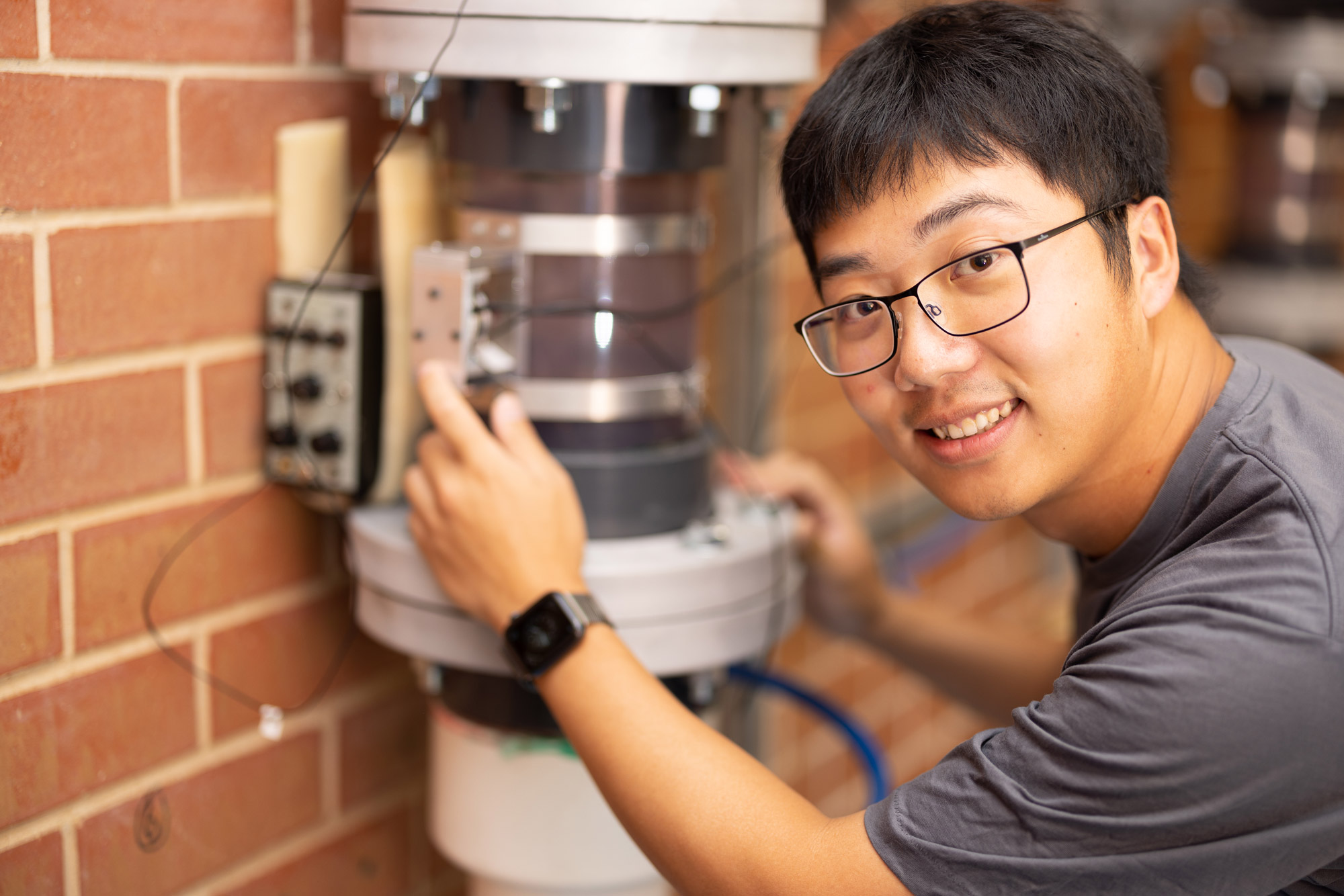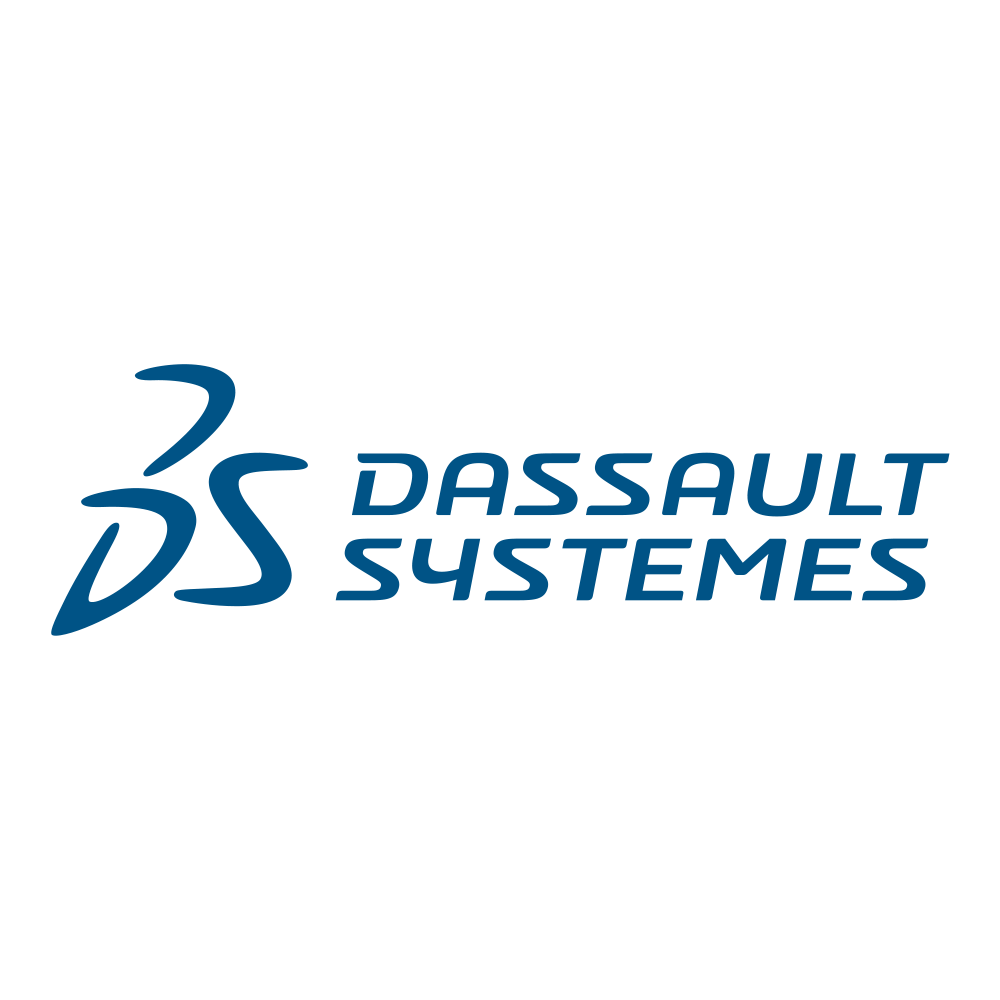Approach: Installation of sensors on operating cyclones to measure cyclone performance.
Hydrocyclones are used in mineral processing to separate coarse and fine particles according to their size and/or to separate minerals according to their density. The focus of this project is to seperate particles on the basis of particle size and density. A mineral slurry enters the hydrocyclone and is subjected to an induced cyclonic flow. In an ideal situation, fine particles will exit at the top of the hydrocyclone as overflow and proceed to flotation; coarse particles will exit at the bottom as underflow to be subjected to further grinding in a ball mill before being returned to the hydrocyclone. In practice, hydrocyclones are subject to a range of operational problems, the most common of which are roping and plugging. Roping occurs when the number of mis-classified particles in the overflow is too high. Plugging occurs when the bottom of the hydrocyclone is blocked and all material exits as overflow. To detect roping, ultrasonic sensors and vibration sensors are attached to the underflow discharge and roping is identified when the signals exceed a baseline threshold [1]. However, the consistency of the current roping detection methods is highly variable, especially when the hardness and geometallurgical characteristics of the ore are constantly changing [2]. If roping and plugging are not detected in time, downstream recovery, grade, and mineral processing throughput will be significantly adversely affected.
Early stage roping is characterised by increased particle size and significant changes in the particle size distribution (PSD) in the overflow combined with structural vibration signal changes in the underflow. A better understanding of this is being obtained by using experimental data to model the relationships between overflow PSD, underflow vibration signals and the stages of roping formation [3]. This is being achieved through a newly developed PSD sensor being installed on hydrocyclone product discharge spigots. This HDR project is using experimental data generated by the PSD sensor to create an early-stage roping-detection model that is not sensitive to changes in the composition of the processing feed. The model will be used for automatic operational control to prevent roping and thereby increase downstream recovery and mineral processing throughput.






